Optimal Timing for Hood System Repairs
Hood system repairs are most effective when performed during periods of low operational activity, typically during scheduled maintenance windows or off-peak hours. Addressing issues promptly can prevent costly breakdowns and ensure compliance with safety standards. Regular inspections help identify potential problems early, reducing downtime and maintaining optimal performance.
Unusual noises, decreased airflow, or visible damage indicate the need for repairs before major failure occurs.
Scheduling repairs during planned maintenance minimizes disruption and ensures safety compliance.
Postponing repairs can lead to increased energy costs, safety hazards, and equipment failure.
Performing repairs before peak seasons ensures reliable operation during high-demand periods.
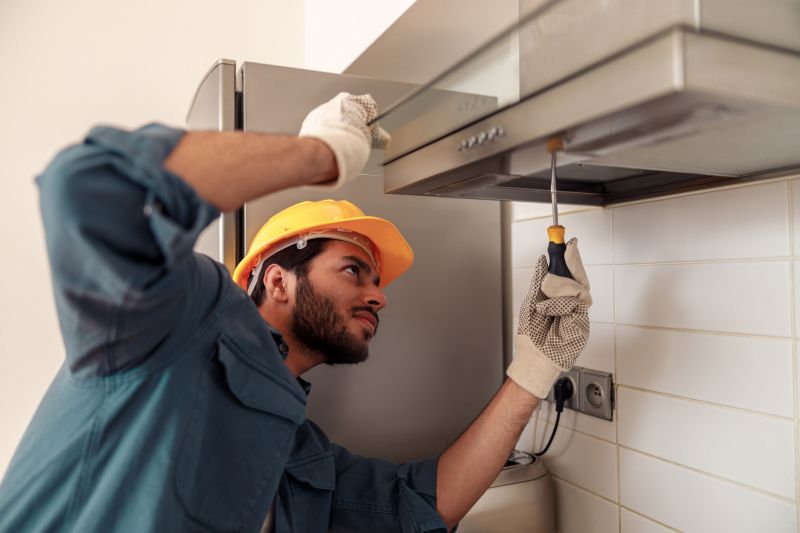
Ways to make Hood System Repairs work in tight or awkward layouts.
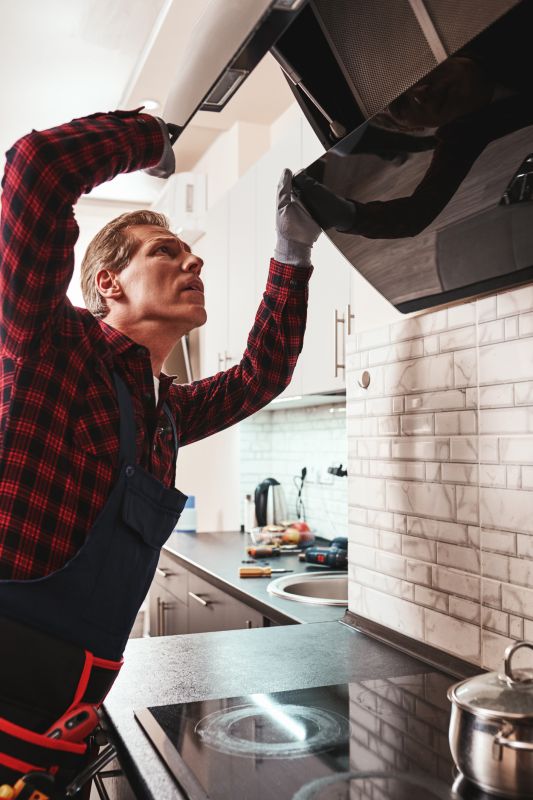
Popular materials for Hood System Repairs and why they hold up over time.
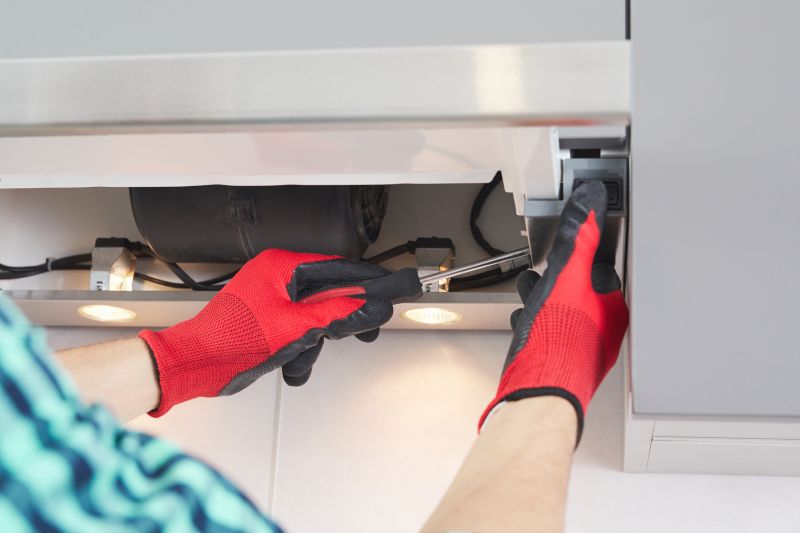
Simple add-ons that improve Hood System Repairs without blowing the budget.

High-end options that actually feel worth it for Hood System Repairs.

Finishes and colors that play nicely with Hood System Repairs.

Little measurements that prevent headaches on Hood System Repairs day.

A 60-second routine that keeps Hood System Repairs looking new.
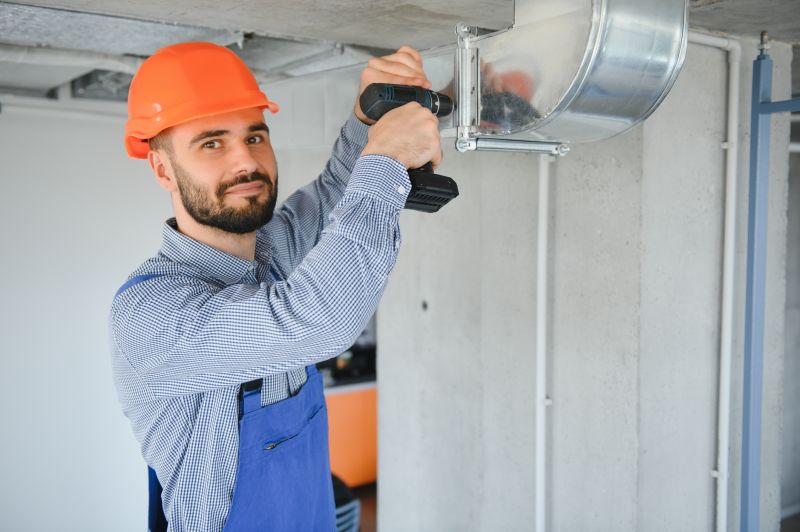
A frequent mistake in Hood System Repairs and how to dodge it.
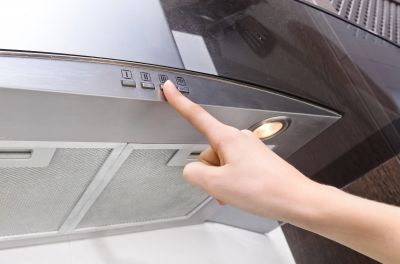
Small tweaks to make Hood System Repairs safer and easier to use.
| Aspect | Details |
|---|---|
| Best Time for Repairs | During scheduled maintenance or off-peak hours to minimize disruption. |
| Seasonal Timing | Perform repairs before high-demand seasons for reliable operation. |
| Inspection Frequency | Quarterly or bi-annual inspections help detect issues early. |
| Impact of Delays | Increased energy costs, safety risks, and potential system failure. |
| Signs of Needed Repairs | Unusual noises, reduced airflow, visible damage. |
| Benefits of Timely Repairs | Enhanced safety, efficiency, and system longevity. |
| Preparation for Repairs | Schedule during low activity periods and ensure system is shut down safely. |
| Post-Repair Testing | Verify system functionality and safety after repairs. |
Hood system repairs are critical for maintaining the safety, efficiency, and longevity of ventilation and exhaust systems. Regular inspections and timely interventions can prevent costly breakdowns and ensure compliance with safety standards. Proper scheduling during low activity periods minimizes operational disruption, while addressing issues early can save significant expenses and reduce safety hazards. Understanding the optimal timing and signs of system deterioration supports effective maintenance planning.
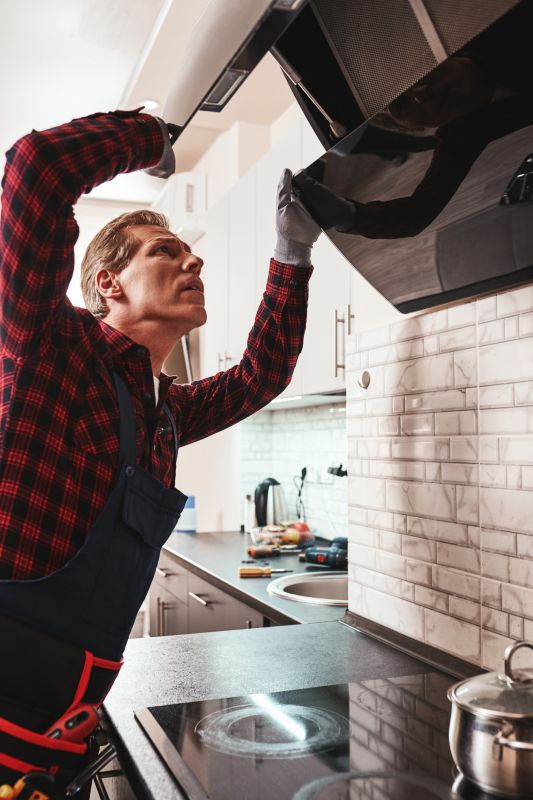
Lower-waste or water-saving choices for Hood System Repairs.
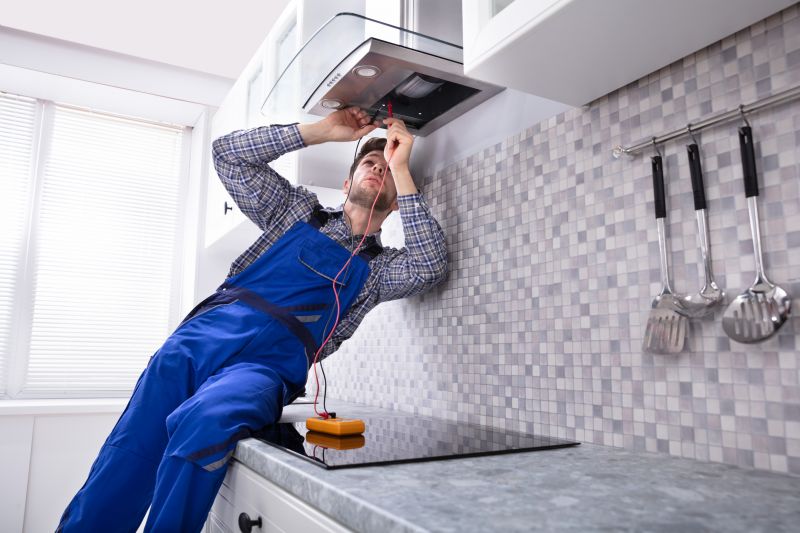
The short, realistic tool list for quality Hood System Repairs.

Rough timing from prep to clean-up for Hood System Repairs.
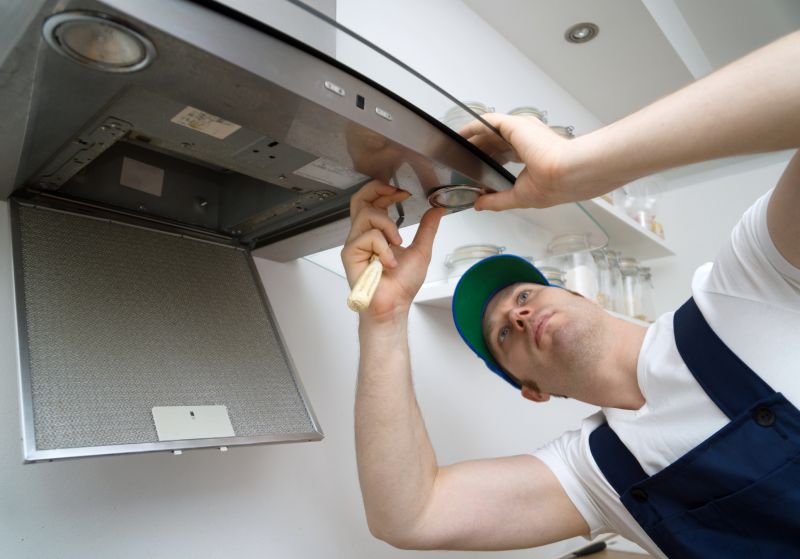
Quick checks and paperwork to keep after Hood System Repairs.
For those interested in scheduling hood system repairs or seeking further information, completing a contact form provides a straightforward way to initiate the process. Timely attention to system maintenance can ensure continuous operation and safety compliance.
